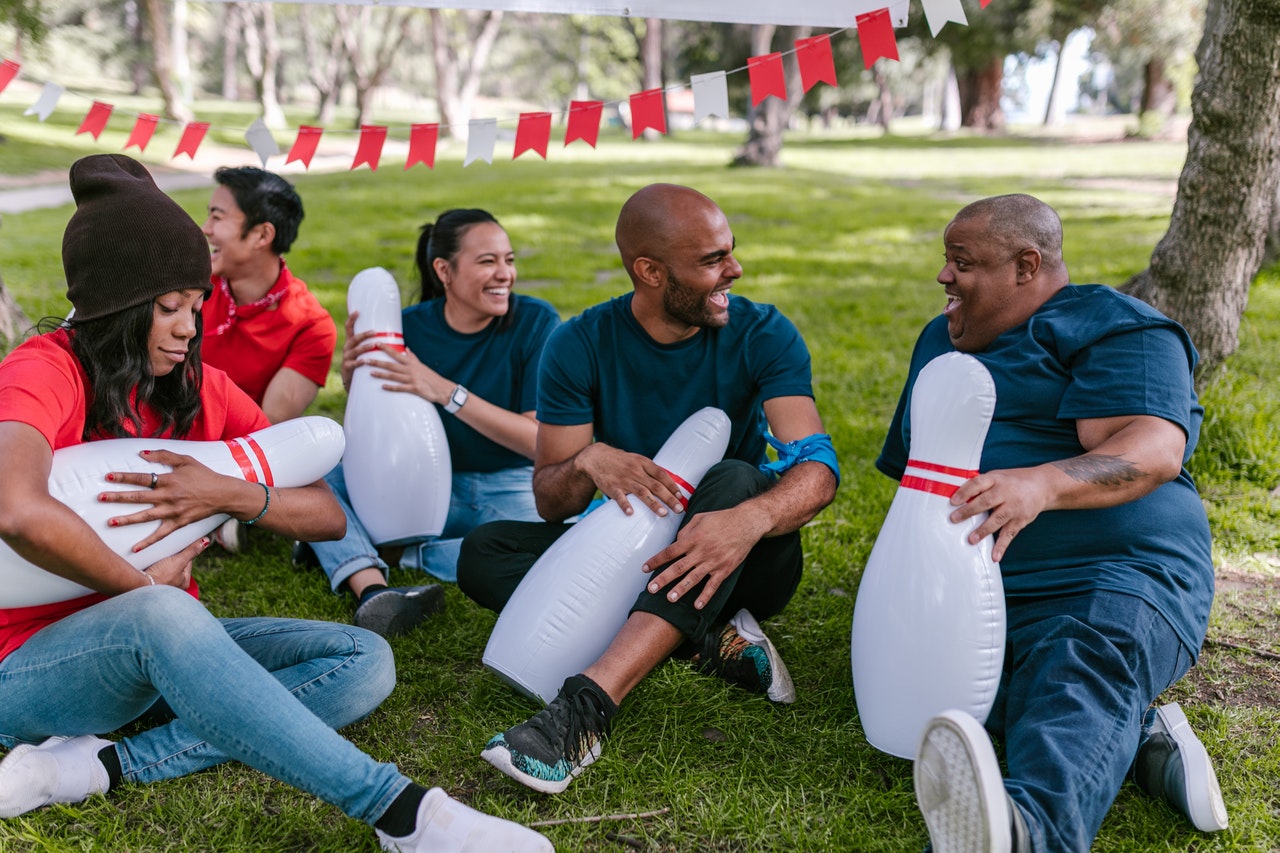
Curriculum style is a term used to describe the purposeful, deliberate, and systematic organization of curriculum (training blocks) within a class or course. In other words, it is a way for instructors to plan direction. When instructors style curriculum, they recognize what will be done, who will do it, and what schedule to follow.
Purpose of Curriculum Design
Teachers design each curriculum with a specific academic purpose in mind. The supreme goal is to enhance trainee learning, but there are other reasons to employ curriculum design also. For instance, designing a curriculum for intermediate school students with both primary and high school curricula in mind helps to make sure that discovering goals are lined up and enhance each other from one phase to the next. If a middle school curriculum is created without taking anticipation from grade school or future knowing in high school into account it can develop genuine issues for the students..
Kinds Of Curriculum Design.
There are three standard types of curriculum style:.
Subject-centered designLearner-centered designProblem-centered design.
Subject-Centered Curriculum Design.
Subject-centered curriculum design revolves around a particular subject matter or discipline. It is the most typical type of curriculum utilized in K-12 public schools in states and local districts in the United States.
Subject-centered curriculum design explains what needs to be studied and how it must be studied. Core curriculum is an example of a subject-centered design that can be standardized across schools, states, and the country as a whole.
The primary disadvantage of subject-centered curriculum design is that it is not student-centered. In specific, this kind of curriculum style is constructed without taking into consideration the particular finding out styles of the trainees. This can cause issues with trainee engagement and inspiration and might even trigger students to fall behind in class.
Learner-Centered Curriculum Design.
In contrast, learner-centered curriculum design takes each person’s needs, interests, and goals into factor to consider. Simply put, it acknowledges that students are not uniform and adapt to those student requires. Learner-centered curriculum style is implied to empower students and permit them to form their education through choices.
Educational strategies in a learner-centered curriculum are differentiated, giving trainees the opportunity to pick tasks, discovering experiences or activities. This can inspire students and assist them remain taken part in the product that they are learning..
The downside to this type of curriculum design is that it is labor-intensive. Learner-centered curriculum design also requires that instructors balance trainee desires and intrigues with trainee needs and needed results, which is not a simple balance to acquire.
Problem-Centered Curriculum Design.
Like learner-centered curriculum style, problem-centered curriculum design is likewise a form of student-centered design. Problem-centered curricula concentrate on mentor students how to look at an issue and develop an option to the issue. Trainees are hence exposed to real-life concerns, which assists them develop abilities that are transferable to the real life..
Problem-centered curriculum style increases the importance of the curriculum and enables trainees to be innovative and innovate as they are learning. The disadvantage to this type of curriculum style is that it does not always take finding out styles into consideration..
Curriculum Design Tips.
The following curriculum design tips can help teachers handle each stage of the curriculum style process.
Determine the requirements of stakeholders (i.e., students) early on in the curriculum style procedure. This can be done through needs analysis, which involves the collection and analysis of information related to the student. This information might include what students already understand and what they require to understand to be competent in a particular area or skill. It might also include information about student perceptions, strengths, and weaknesses. Produce a clear list of learning objectives and results. This will assist you to focus on the desired function of the curriculum and permit you to prepare guideline that can achieve the desired outcomes. Knowing goals are the important things teachers want trainees to achieve in the course. Knowing outcomes are the quantifiable knowledge, abilities, and attitudes that trainees must have achieved in the course. Determine restrictions that will impact your curriculum style. Time is a typical constraint that must be thought about. There are only a lot of hours, days, weeks or months in the term. If there isn’t enough time to deliver all of the instruction that has been planned, it will affect learning results. Consider creating a curriculum map (likewise referred to as a curriculum matrix) so that you can effectively evaluate the series and coherence of guideline. Curriculum mapping provides visual diagrams or indexes of a curriculum. Analyzing a graph of the curriculum is a good way to rapidly and easily recognize possible gaps, redundancies or alignment concerns in the sequencing of guideline. Curriculum maps can be created on paper or with software application or online services created specifically for this function. Identify the educational techniques that will be used throughout the course and consider how they will deal with student knowing designs. If the instructional techniques are not favorable to the curriculum, the instructional style or the curriculum style will need to be modified accordingly. Develop evaluation approaches that will be used at the end and during the academic year to assess students, trainers, and the curriculum. Assessment will help you identify if the curriculum style is working or if it is failing. Examples of things that must be evaluated consist of the strengths and weaknesses of the curriculum and achievement rates related to finding out results. The most efficient assessment is ongoing and summative. Keep in mind that curriculum design is not a one-step process; continuous enhancement is a need. The style of the curriculum should be examined occasionally and fine-tuned based on evaluation data. This might include making changes to the design partway through the course to guarantee that discovering outcomes or a particular level of proficiency will be accomplished at the end of the course.













